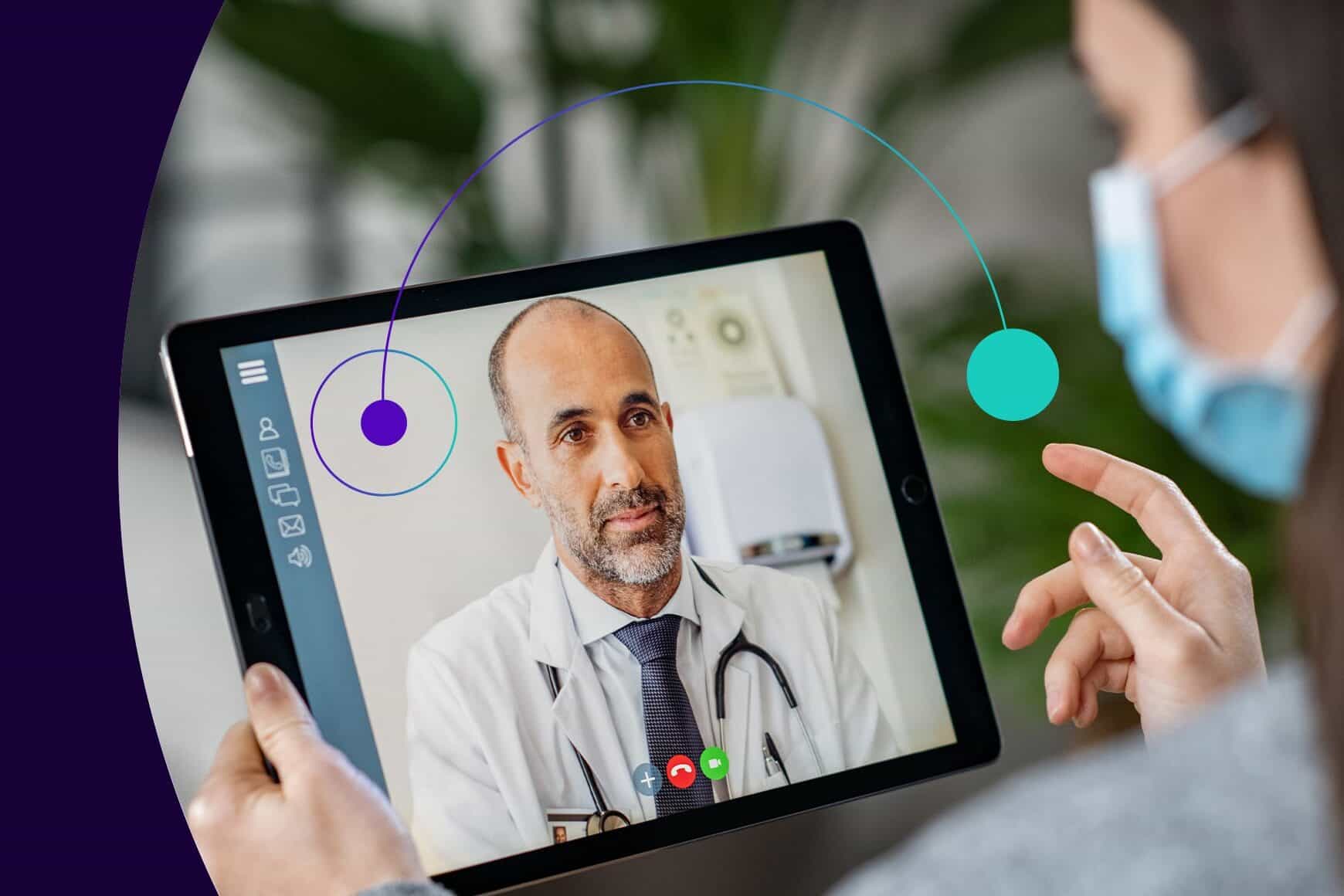What providers need to elevate patient experience

By Lisa Leung
0 min read

When healthcare consumer expectations are high and providers have hundreds of choices for digital health, how do you succeed?
A fragmented patient journey is costing providers. The stakes to address this are high—67% of patients report that a single poor experience will negatively impact their brand loyalty. More than half of healthcare consumers expect providers to offer digital capabilities and they choose providers based on those capabilities.
There are, as a result, a plethora of patient engagement and experience solutions available to providers. And the options will only continue to grow: 2021 was easily the biggest year in digital health funding ever, with $29.1 billion invested across 729 deals, breaking 2020’s record. There are opportunities for growing a digital era of healthcare with only 37% of patients saying their provider delivers an excellent experience in a completely digital way. Patients aren’t just looking for digital interactions – they want connected, personal, and accessible experiences, and are increasingly willing to switch to providers who deliver them.

The next generation of patient experience will be synchronized, personalized, and focused on patient convenience.
Adopting new technology can often have the unintended consequence of creating silos. We can learn from the last major wave of physician and hospital technology adoption: the Electronic Health Record (EHR). When EHR’s were first introduced, “best of the breed” was a route many health systems chose to adopt, bringing in multiple systems across departments, locations, and specialties. The reasoning made sense at the time: get the best system for each. But over time, the cost of integration internally and with other systems, upkeep, and the strain of extensive vendor management led to a new, major challenge: interoperability.
Similar issues are already present today in the digitization of communication and engagement platforms. Different vendors are offering point solutions like chatbots, AI, and virtual agents. All of these different channels are creating new silos of information and bringing them all together will present similar challenges to what we saw with EHR adoption.
For example, if a patient has their symptoms checked through a portal, a separate conversation through a chatbot or live call may not connect the patient’s communication or recall the record from the original symptom checker. This is an inefficient and redundant process that frustrates the patient and fails to improve outcomes.
Providers must have an end-to-end solution for communications in a single platform that is deeply integrated with the EHR and provides a synchronized, personalized, and radically convenient patient experience. Patients judge the healthcare system based on their experience at every touchpoint, while health systems are typically very siloed in their view of patient communications.
A payment and billing team may not have full visibility into the scope of interactions a patient might have had with other departments or facilities. But patients do not think of these conversations as discrete interactions with separate sections of the org chart – they view every piece of mail, each text, and all the content on their portal as part of the same single relationship with their health system. This makes a siloed or disjointed patient journey both an easy-to-miss problem for many healthcare providers and painfully obvious to patients.
Healthcare organizations should have a modern platform for interaction that orchestrates communication across multiple channels and departments, such as voice calls, live chat, virtual chat, mobile app, email, or SMS, and can reach the patient at their preferred method of communication. Multichannel communication can help to deliver user-friendly patient support that isn’t frustrating or confusing. A communication platform that is deeply integrated with the EHR can eliminate silos within a broad healthcare system by also connecting the patient’s experience between multiple facilities and care teams.
Providers can differentiate themselves by making the healthcare system easier to navigate for the patient. For example, Talkdesk Experience Cloud might surface a recommendation or alert an agent if a patient needs a prescription refill while they originally engaged to schedule a laboratory appointment. In this case, data and insights are synchronized across the pharmacy and diagnostic lab, giving the health system the chance to be proactive.
Digital health technologies can innovate on patient experience to address provider pain points and meet patient needs. Modern contact center software is an impactful way to transform patient communications with the health care system.









